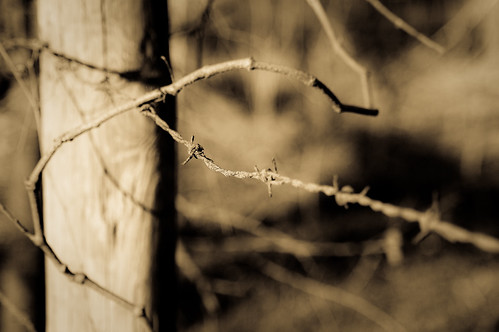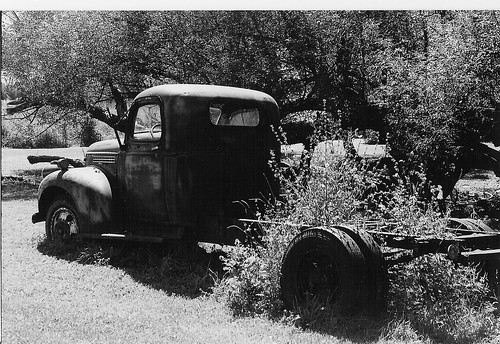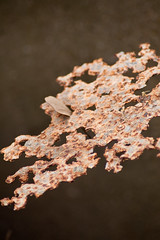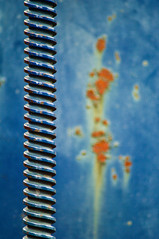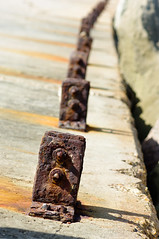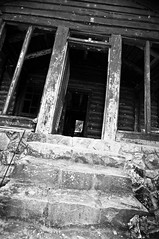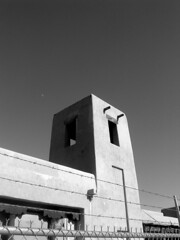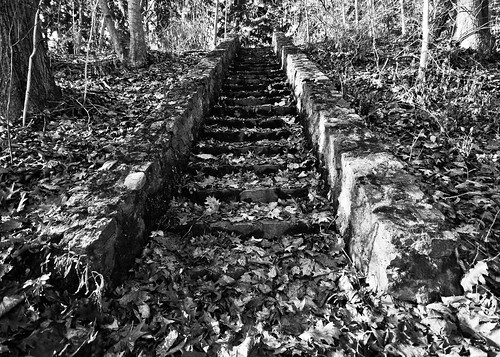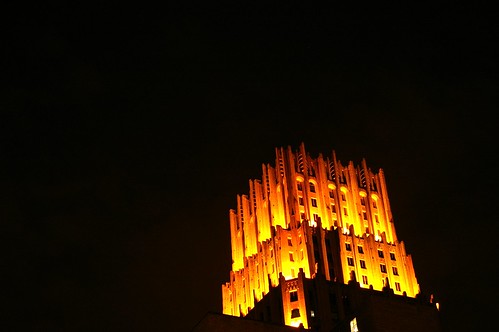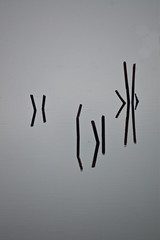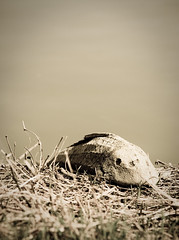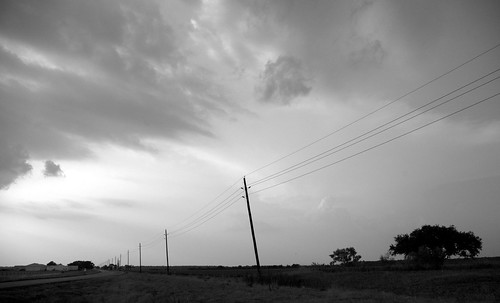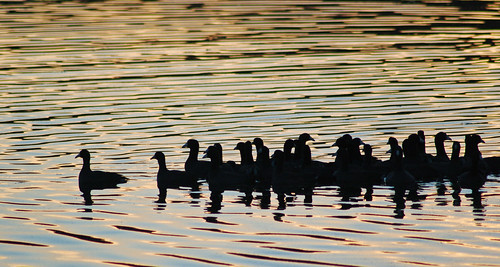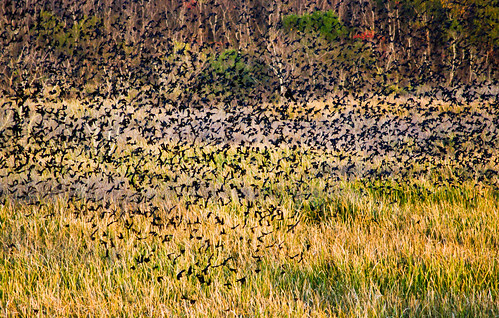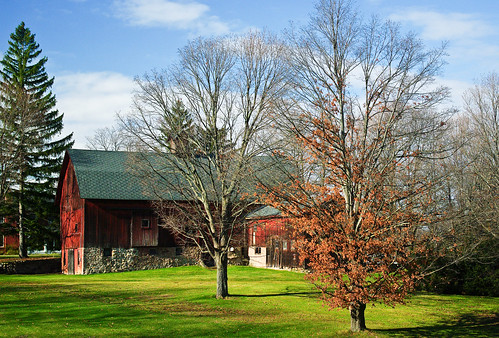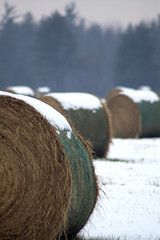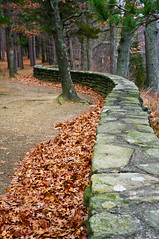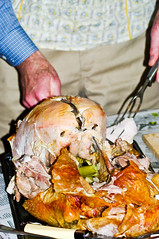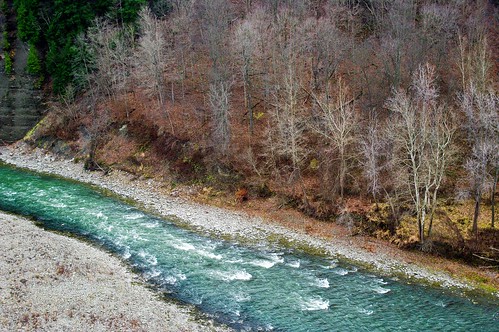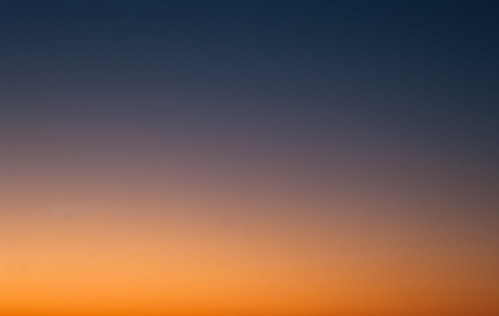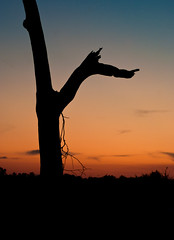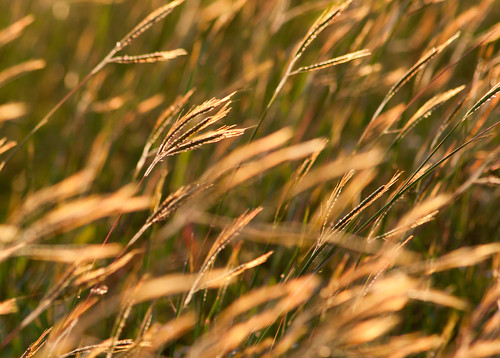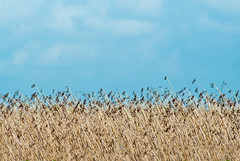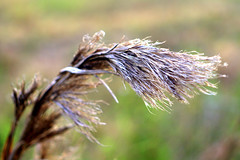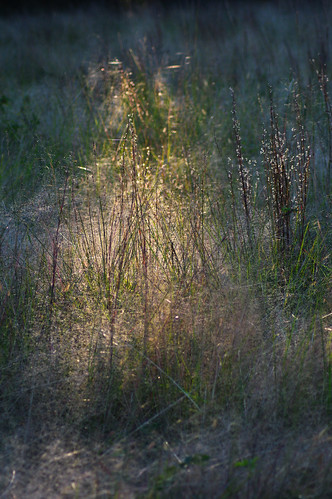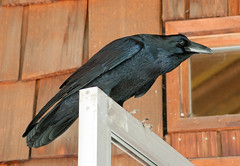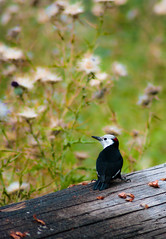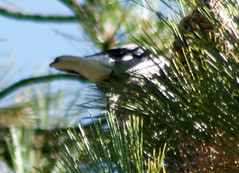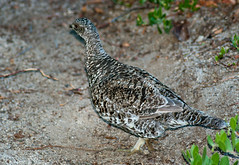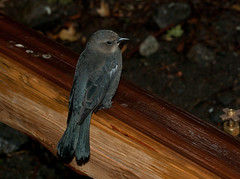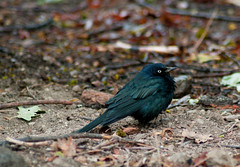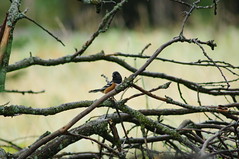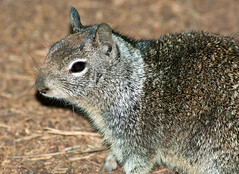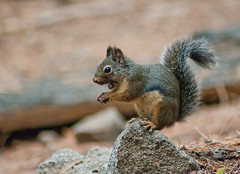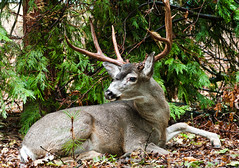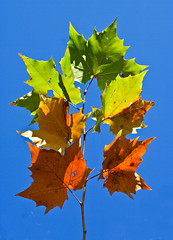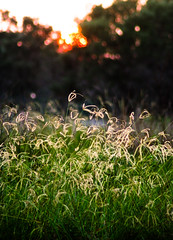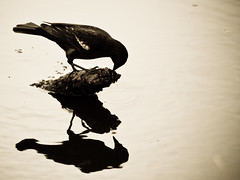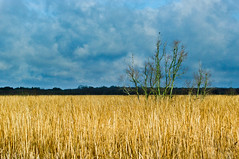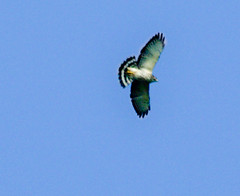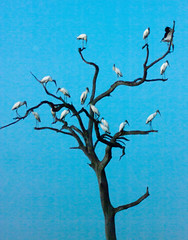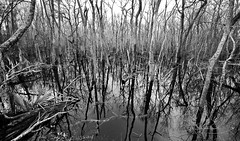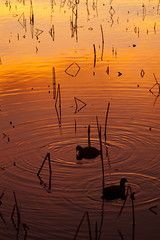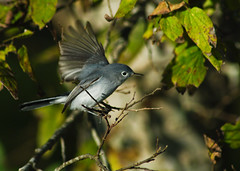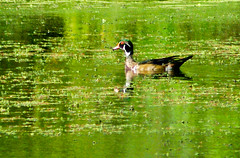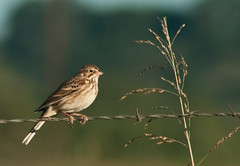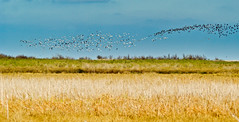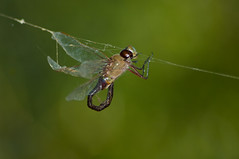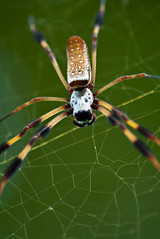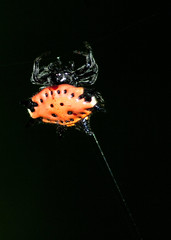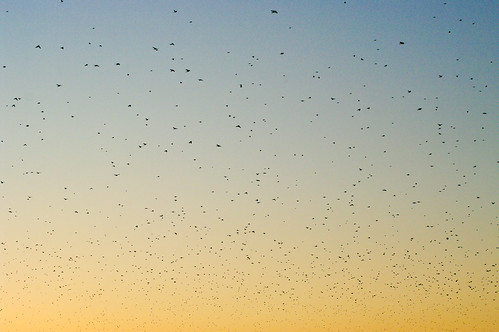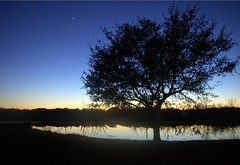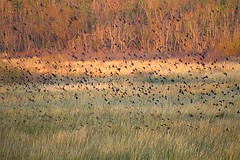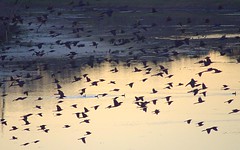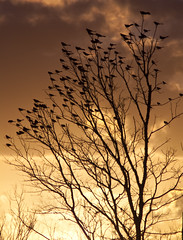Saturday, December 11, 2010
Decay
One of my favorite blogs is written by a photographer and writer with a fantastic talent for capturing sense of place and also the subtle decay and facades of our built environment. So with a nod to the good folks over at Are There Any More Cookies?, I'm going to swing this potentially dense and pretentious discussion toward another installment of the themed photo sets that I've indulged in lately. Here is my own take on decay. I'll tackle sense of place in another installment.
Tuesday, December 7, 2010
Negative Space
Tuesday, November 23, 2010
Hiking, Sunday November 21
Happy Thanksgiving!
Wednesday, November 10, 2010
Winter Colors
Winter Sky Palette, Brazos Bend State Park
Photos Copyright Justin Bower, all rights reserved. Click on them to see larger versions.
One of the things I do appreciate about the pseudo-winter of Houston is the colors of sunset. More often than not, our “winter” skies at sunset are cloudless. The sunsets are not as dramatic as the brightly lit pantheons of blazing clouds form other seasons, but they form fantastic color gradients. Sometimes subtle, sometimes massive color shifts, but always gradual from sky to ground.
From Start: Primary Sky, Elm Lake Sunset, River of Birds, Purple Haze
Even unedited, the colors are pronounced through the (relatively) less humid air. At a time when the landscape is not especially attractive to photograph, the color shifts make for some nice abstracts. It’s an interesting counterpoint to the subdued earth tones of the landscape.
From Start: Winter Grasses, Reeds and Sky, Last Light on Winter Fields, In the Gloaming
Tuesday, November 2, 2010
Intermission
Thursday, October 28, 2010
Where the Wild Things Are (Sierras edition)
When I recently took a trip to Yosemite National Park with my wife (Details of the trip itself at inmediasresblog.blogspot.com), one of the many reasons for anticipation was the chance to see some western[i] species. While we didn't spend a lot of time specifically looking for wildlife while we were there, we did manage to see a couple of cool, new (to me) species.
Birds
While I’m not a birder by specialty[ii], birds are so varied and visible[iii] that one passively encounters quite a few[iv] just by standing in a given location and being conscious[v]. I have not been out west (with the exception of a quick trip to Seattle) since I started “birding”, so I was looking forward to western birds in general, and especially the sub-alpine and alpine species that Yosemite might yield up. I ended up having very little time to go out specifically looking for birds, and the persistently rainy weather didn't help. However, we ended up getting fairly lucky. I counted a Western scrub jay at a friend’s house in Sacramento before we even got to the Park, and I logged 9 new species, and a great picture of a common raven[vi] over the course of our time in Yosemite. Common Ravens and Brewer’s blackbirds were everywhere in Yosemite Valley, and there were several Stellar’s Jays about as well. I managed to get some decent shots of White-headed woodpeckers in Mariposa Grove, a Brown Creeper at the base of Yosemite Falls, and several Sooty Grouse and a Clark’s Nutcracker at the base of the final ascent for Half-Dome. I finished out the trip with a flock of Spotted Towhees in a pile of bracken in Cook’s Meadow.
Mammals
There are a lot of rodents in California. A lot[vii]. I encountered several squirrel or squirrel-like animals in various elevations. The California Ground Squirrels were persistent little things, completely habituated to human presence in the Valley. Making sandwiches in the morning outside our tent required constant vigilance, as they would often team up and create distractions, and were not fazed at all by human aggression. In the Mariposa Grove, we found both Douglas Squirrels, with their elfin ears and voracious appetite for pine cones, and Lodgepole Chipmunks, who didn't hesitate to make their annoyance at our presence known. We saw several Western Grey Squirrels, but I didn't managed to catch one on “film”.
There are also supposedly a lot of black bears in Yosemite. However, despite omnipresent bear lockers, “speeding kills bears” road signs[viii], and tons of bear-themed merchandise, we didn't see or hear a single bear. Sadly, even with hordes of sticky, unwashed children in tents nearby, no bears took the bait and wandered in. One evening I did wake up to hear a rustle behind our tent, and then a steady deep grunting. Much to my disappointment, however, it turned out just to be the heavyset man in the tent behind us snoring it up to beat the band.
While we missed out on the bears, we made up for it with copious Mule Deer. The deer seemed to also be fairly domesticated in the valley, with small herds roaming through Yosemite Village. However, we did encounter many in the wild, and had one great encounter with a fawn at close range on the Mist Trail to Half-Dome. My favorite encounter of the trip occurred on our arrival, as we were walking through the dark[ix]way in to our campsite, in the midst of crowds of people, a Ringtail darted between trees and into the forest. At first I thought it was one of the almost tame Raccoons that infest Curry Village, but its long ringed tail and lemur-esque appearance ruled that out. It was a rare treat[x] to see this elusive nocturnal species, especially in such an unlikely place.
Everything Else
Sadly, we didn't encounter much else of Animalia. Insects seemed to be in hiding from the sudden coldsnap, and while we had more than our fair share of water, amphibians and reptiles were nowhere to be seen. The sole representative of the rest of these teeming categories of life was a Western Fence Lizard I found sunning itself at about 8000 ft. above sea level on the trail to Half-Dome.
All in all, a great trip and a great introduction to western wildlife of the Sierras.
Notes
[i] The continental divide and related factors lead to variations of familiar species, and separate spheres for region specific species. Many of the ho hum bird species of the eastern areas are novel for westerners, and vice versa
[ii] These protestations are starting to wear thin, as I accumulate more and more birds. I’ll be co-leading a Christmas Bird Count for the Audubon Society this year.
[iii] Especially in the daytime, unlike many wild mammals.
[iv] Which is why I think birding is so easy to get into. You can see a lot without a lot of expertise in finding birds. A backyard feeder may draw a dozen different species in a day. That sort of return on investment is much harder to imagine in, say, herpetological pursuits.
[v] In Texas you can accumulate even more while unconscious. Unfortunately, they will likely all be Cathartes aura and/or Coragyps atratus.
[vi] My previous shot of a common raven was about three steps below the usual crytobiotic standard set by Sasquatch/Nessie/etc.
[vii] Admittedly, it’s a big state, and admittedly, Rodents is a pretty big group. But there are 98 species in California, and that’s not even counting rodent-like species such as voles, etc. For comparison, New York state has less than 25 species.
[viii] As noted on the other blog, I think it’s just irresponsible to let bears drive to begin with, even at safe speeds.
[ix] Stan, you weren’t kidding about needing to get there before dark set. 120 was a blast that evening.
[x] We confirmed our sighting with a Ranger the next day, who said in all her time there, she’d only seen one once. When we told her how we had seen one within 20 minutes of being in the park, I think we broke her heart just a little bit.
Tuesday, October 19, 2010
Comes the Fall
Sycamore Colors, Last Light on Winter Prairie
The thermonuclear rage of Houston summer has ever so gradually started to give way to the first cool whispers of fall[i]. With the season change, many of our fall and winter[ii] species have started to arrive. As well, the muggy, sweltering atmosphere[iii] begins to cool and vibrant fall and winter sunsets dominate the skies.
Red-Winged Blackbird, Wetlands in Morning Light, Reservoir Bones, Elm Lake Sunset
Fall is our secondary bird migration season[iv] and we’ve already seen some of our favorites stop by. Broad-Winged Hawks have been spotted, and our yearly deluge of Wood Storks has come and gone. Barred Owls become more visible as the vegetation thins.
Broad-winged Hawk, Wood Storks Roosting, Barred Owl, Bottomlands Bare of Vegetation
Our over-wintering species start to arrive, slowly at first, and then in force. Eastern Phoebes, Blue-winged Teal, Coots, Yellow-bellied Sapsuckers, Blue-grey Gnatcatchers, Vermillion Flycatchers, Wood Ducks, and a vast pantheon of Sparrows have all made a showing down at Brazos Bend State Park. Their numbers will increase exponentially by the time of the Christmas Bird Count in December[v]. Soon the Snow Geese will arrive in incomprehensible numbers, filling the sky with mercury-shifting white clouds as flocks wheel and pivot over fallow fields in the coastal National Wildlife Refuges. Ducks and their compatriots will fill local lakes.
Coots at Sunset, Eastern Phoebe, Blue-Grey Gnatcatcher, Wood Duck (Male), Blue-winged Teal, Ducks at Sunset, Vesper Sparrow, Flock of Snow Geese
With our new arrivals comes the departure, under their own power or through the end of the life cycle, of many of our iconic summer residents. The vast empire of insects and arachnids that reign supreme over the Texas summer begin to dwindle. The summer dominance of the resplendent Golden Silk orbweavers gives way to the drabber domain of the fat, grey and brown draped orbweavers of fall nights.
Last of the Dragonflies, Golden Silk Spider, Spiny-Backed Orbweaver, Giant Lichen orbweaver
My favorite fall spectacle here[vi] is the arrival of birds to roost at sunset in places like Brazos Bend. As the sky blazes in undiminished colors through the clear air, blackbirds of all varieties flood into the vast fields and wetlands. Their numbers are so great that counting is nearly an impossibility. They stream in from all cardinal directions, in what seems an unending torrent of birds, tens to hundreds of thousands of raucous blackbirds swirl in clouds. Roost trees erupt violently into swirling black clouds with the slightest sound, as birds take off and then return. These flocks are like omens, harbingers of the colder times ahead. While the noise can be deafening at close quarters, it is the iconic sounds of fall and winter on the Gulf Coast.
[i] In other words, “weather that doesn’t make one want to consider becoming a nudist if for nothing else than the increased evaporative surface”
[ii] The two seasons being distinguished only by dates, really. Less their own character, and more really just “time of not-summer”
[iii] The degree to which the air is saturated with water is such that simply moving through it counts as disturbing a wetland, and requires a 404 permit from the ACoE.
[iv] Spring is the true spectacle for birding on the Gulf Coast, with the warblers trouncing through in breeding colors. Fall is less rejoiced among birding circles.
[v] What are great first sightings now will rapidly become boring as vast flotillas arrive. For the Christmas Bird Count, we often have one person assigned just to count Coots or blackbirds, given the sheer biomass they represent by that point.
[vi] Since we are bereft of changing leaves and other traditional harbingers of fall

